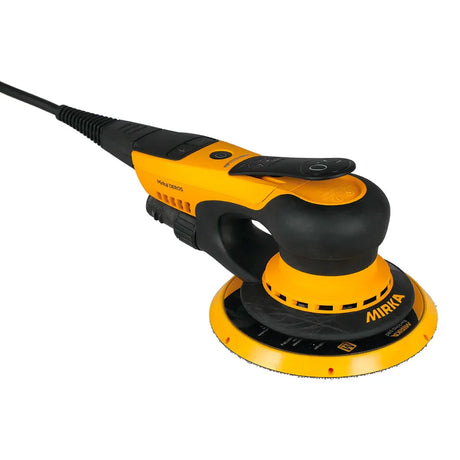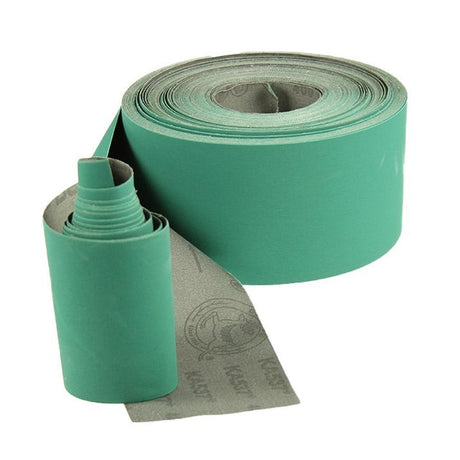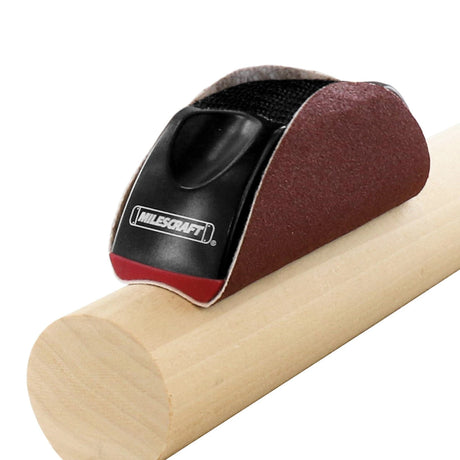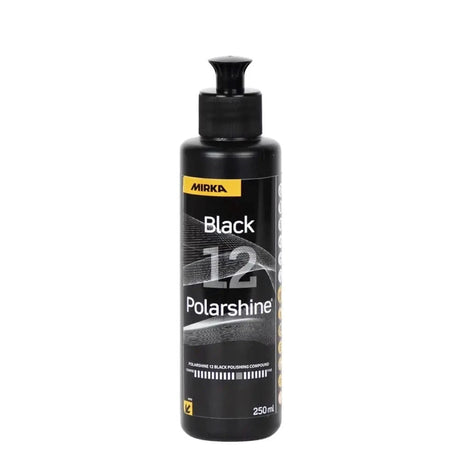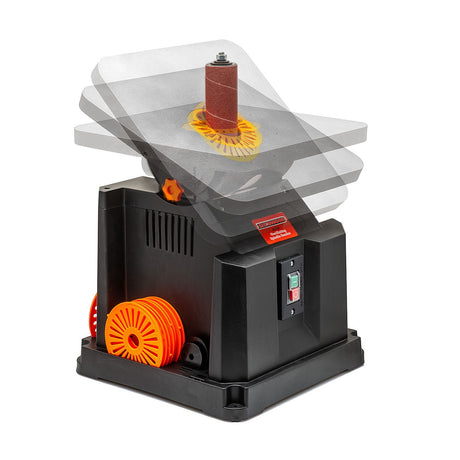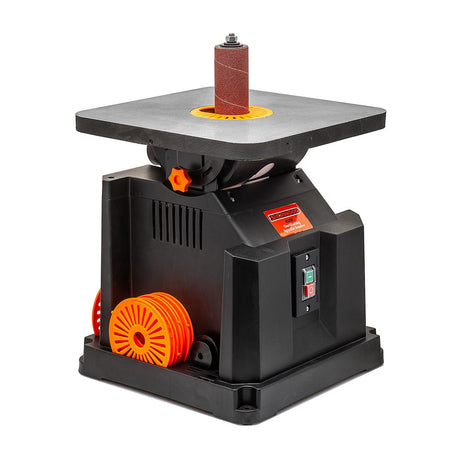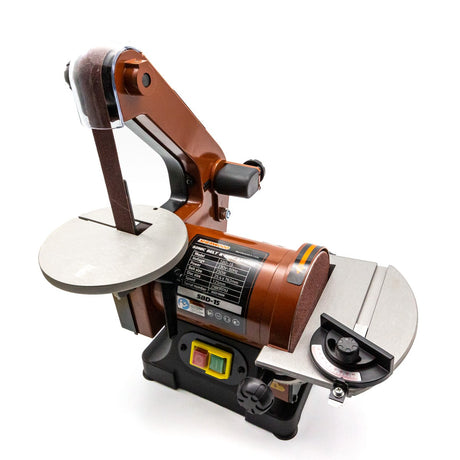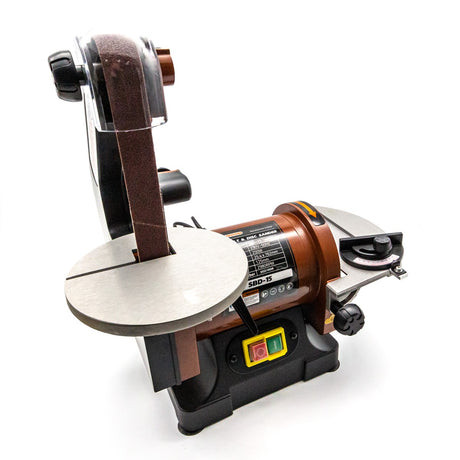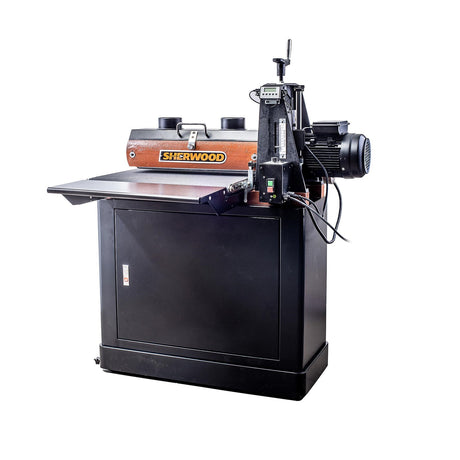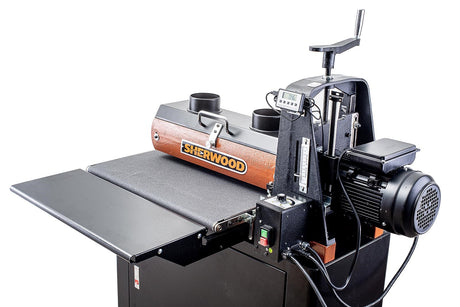FiltersFilter & Sort
Mirka
Mirka Orbital Sander Pad Saver 150mm 5 Pack
$49.90Unit price /UnavailableLow stock (9 units)Mirka
Mirka Abranet Ace Sanding Disc - 125mm Mix Coarse Pack of 10
$22.00Unit price /UnavailableIn stockSherwood
Sherwood Oscillating Spindle Sander 450W Cast Iron Table
$449.00Unit price /UnavailableIn stockSherwood
Sherwood 1 x 5in Benchtop Vertical Belt and Disc Sander Linisher 250W
$199.00Unit price /UnavailableIn stockMirka
Mirka Galaxy Sanding Disc - 125mm Mix Fine Pack of 10
$12.00Unit price /UnavailableIn stockDeerFos
Deerfos Abrasive Roll Cloth Backed 75mm Wide 25m Long
$99.00Unit price /UnavailableLow stock (9 units)Gilly Stephensons
Gilly's Steel Wool 0000 Grade 40g
$12.90Unit price /UnavailableVery low stock (4 units)Mirka
Mirka Galaxy Sanding Disc - 125mm Mix Coarse Pack of 10
$12.00Unit price /UnavailableIn stockSherwood
Sherwood 20in Drum Sander with Cabinet Stand Thickness Sander 1500W 2HP Variable Speed
$2,099.00Unit price /UnavailableIn stockNSB
Set of 4 Seeveless Drum Sanders 1in 2in 2.5in 3in 76mm Height
$119.00Unit price /UnavailableIn stockSherwood
Sherwood Pack of Five Sanding Sleeves for SOS-450-LT
$17.90Unit price /UnavailableIn stock
Enhance Your Finish with Quality Sanding Abrasives
Sanding abrasives are crucial in woodworking, offering a wide range of grits and materials to achieve the perfect finish on your projects. Whether you're smoothing rough surfaces or preparing wood for staining, the right abrasive ensures a smooth, professional result. Sanding abrasives are available in various forms, including sheets, discs, belts, and more, each designed to cater to different sanding needs.
The effectiveness of your sanding process depends on choosing the appropriate abrasive for the task at hand. Coarse grits are ideal for heavy material removal, while finer grits are perfect for achieving a smooth finish. Additionally, the material of the abrasive, such as aluminium oxide or silicon carbide, can significantly impact the quality of the sanding process and the durability of the abrasive itself.
Investing in high-quality sanding abrasives not only improves the efficiency of your work but also extends the lifespan of your tools and reduces the need for frequent replacements. With the right selection of abrasives, you can enhance the overall quality of your woodworking projects, ensuring a flawless finish every time.
Whether you're working on intricate detailing or large-scale projects, understanding the different types of sanding abrasives and their applications will help you achieve better results with less effort.
FAQs
What are the different types of sanding abrasives available?
Sanding abrasives come in various forms, including sheets, discs, belts, and rolls, each suited for different sanding tools and applications.
How do I choose the right grit for my project?
The grit size depends on the task—coarse grits (40-60) are used for heavy material removal, medium grits (80-120) for smoothing surfaces, and fine grits (150-400) for finishing.
What is the difference between aluminium oxide and silicon carbide abrasives?
Aluminium oxide is durable and suitable for sanding wood and metals, while silicon carbide is sharper and works well on hard materials like glass and stone.
How often should I replace my sanding abrasive?
Replace your sanding abrasive when it becomes clogged, loses its effectiveness, or when you notice reduced performance. High-quality abrasives last longer with proper use.
Can I use the same abrasive for sanding wood and metal?
While some abrasives can be used for both, it's generally better to use abrasives specifically designed for the material you're working with to achieve the best results.
How do I prevent clogging when sanding?
To prevent clogging, choose the correct abrasive for the material, ensure proper dust extraction, and consider using abrasives with anti-clog coatings.
What is the best way to store sanding abrasives?
Store sanding abrasives in a cool, dry place away from direct sunlight and moisture to prevent degradation and maintain their effectiveness.
Why is it important to sand in stages?
Sanding in stages, starting with coarse grit and progressing to finer grits, ensures an even surface and prevents deep scratches, leading to a smoother finish.
Can I use water with sanding abrasives?
Wet sanding can be done with water-resistant abrasives like silicon carbide, which helps reduce dust and achieve a finer finish, especially on metal and plastics.
What are the benefits of using sanding discs over sheets?
Sanding discs are ideal for use with power tools, providing faster material removal and better consistency on large surfaces, while sheets are more versatile for hand sanding and detailed work.

